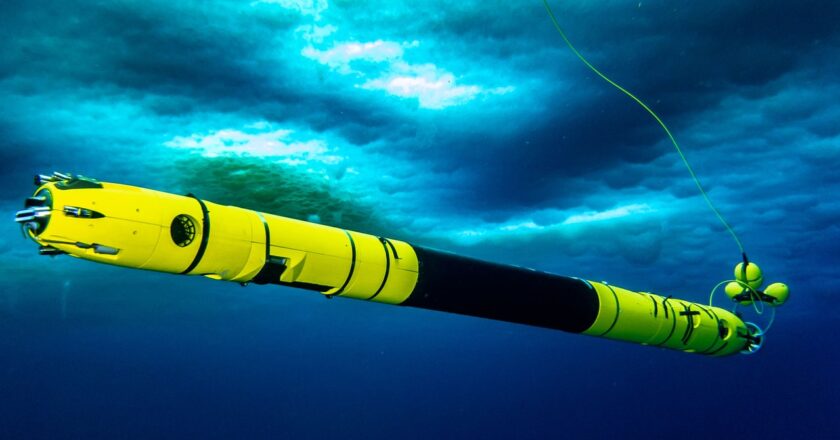The Tantalizing Mystery of the Solar System’s Hidden Oceans
And yet, defiantly, these alien seas remain liquid.A Mirror-Wrapped OceanScientists suspect that a handful of moons orbiting Jupiter and Saturn—and maybe even some spinning around Uranus and Neptune—harbor oceans. Hefty Ganymede and crater-scarred Callisto produce weak, Europa-like magnetic signals. Saturn’s haze-covered Titan, too, very probably has a liquid-water subsurface ocean. These “are the five that most scientists in the community feel pretty confidently about,” said Mike Sori, a planetary scientist at Purdue University.With her colleagues, Margaret Kivelson, a space physicist at UCLA, determined that a global ocean is likely hiding beneath Europa’s surface.
Courtesy of Margaret KivelsonSo far, the only absolute oceanic certainty is Enceladus. “That’s a no-brainer,” said Carly Ho...




